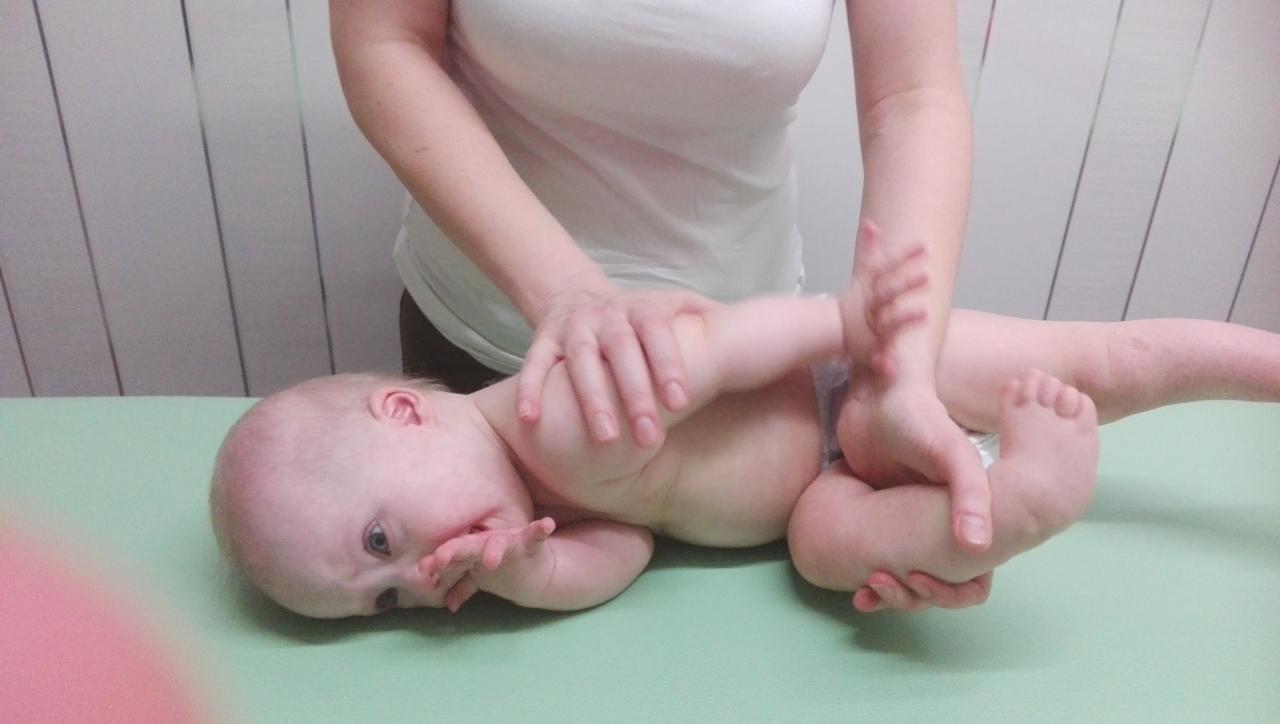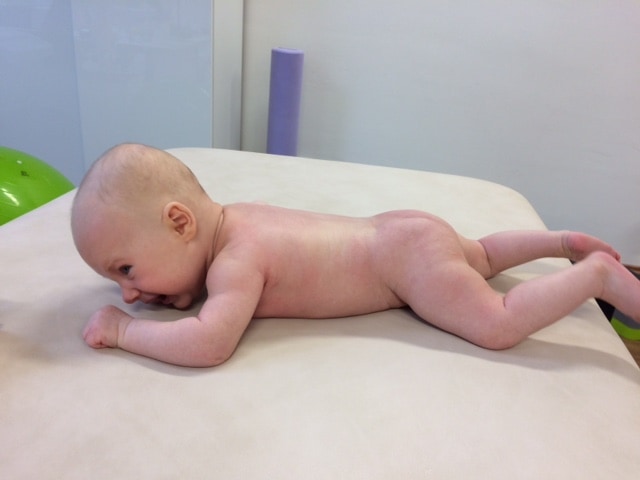Voight Therapy is so fundamental and holistic that it has the widest application and is not limited to certain patterns of illness or disability. Therefore, Vojta therapy can be applied in a variety of areas and extends to most medical disciplines. The complexity of the global motor algorithms of reflective crawling and reflective turning, taking into account the collected results and experience, makes it possible to appropriately apply these algorithms not only in pediatric neurology, pediatric orthopedics or pediatrics, but and in adult neurology and orthopedics. The use of Vojta therapy can also be indicated in pediatric cardiology. This therapy can be applied to patients of any age, as long as the patient has preserved the neuromuscular connection.

Unfortunately, I often think that reflective locomotion can only be used for infants, i.e. only during the first years of life, and that in older children or adult patients it is not possible to induce targeted changes. But such a belief is refuted by practical experience. It would be equally wrong to focus solely on the treatment of cerebral palsy with Vojta therapy methods. Vojta therapy in Moscow
In accordance with accumulated practical experience, the indications for reflective locomotion therapy are divided into required indications and recommended indications in infancy and indications for use in older children. With the help of the reflective locomotion method, it is possible to treat not only diseases that require casual therapy, but also make the best (as far as possible) use of the still preserved neuronal structures. This helps to optimize the quality of life of individual patients for as long as possible. Examples of this are cases of successful use of Voight therapy in multiple sclerosis and congenital myopathies.
Indications for early therapy in infancy
- Violations of central coordination (NCC) of moderate and high severity.
- Slightly asymmetric impairment of central coordination, from which paresis of cerebral etiology may subsequently develop.
- Peripheral paresis, for example, paralysis of the brachial plexus (Erb / Klumpke paresis), as a result of trauma received by the child during childbirth.
- Torticollis of muscular or neurogenic etiology.
- Split back and dropsy of the brain.
- Transverse paralysis.
- Traumatic brain injury.
- Congenital developmental anomalies, such as arthrogryposis, bone scoliosis, muscle aplasia.
- Congenital myopathies.
Indications for early therapy in infancy
- Hypotonic syndromes of various etiologies, for example, trisomy on chromosome 21 (Down’s disease).
- Delayed motor development.
- Postural disturbances and deficiencies in straightening, such as
- C-shaped scoliosis, lordosis.
- Dysplasia of the hip joints.
Incorrect foot placement, such as clubfoot or hollow foot.Indications for older children and adults
- Infantile cerebral palsy (ICP).
- Acquired cerebral syndromes.
- Syndromes of transverse lesions of the spinal cord.
- Congenital and acquired transverse paresis.
- Myopathies.
- Scoliosis and kyphosis.
- Joint contractures.
- Functional limitations of the motor apparatus.
- Multiple sclerosis.
Contraindications
Contraindications may be features of the physical constitution or concomitant conditions that make therapy for a particular child not indicated, or require interruption (pause) of therapy in various phases, for example:
- Temperature ≥ 38.5°C
- After vaccination with live vaccines, a break in training for 10 days is necessary (as agreed with the attending physician).
- With metastatic tumors or with tumors, the diagnosis of which is not fully completed.
In the acute phase after surgery, until the blood circulation is completely stabilized and it becomes possible to load the postoperative scar in order to exclude the possibility of bleeding (as a rule, therapy should be refrained from during the first days after surgery). - Acute inflammatory processes.
- Cerebral, epileptic seizures at the stages of drug adjustment (dose adjustment of the drug), especially in West syndrome (with “small” seizures of the BNS type [1]), in the initial phase of the use of anticonvulsants or steroids, and / or ACTH.
The quality of the application of Vojta’s therapy not least depends on the relationship of the child to the reference person with whom the child has established a stable emotional connection. Perhaps Voight’s therapy cannot be recommended if there are signs of a sufficiently severe disruption of this stable emotional bond, for example, if there is a history of child abuse, or if there is reason to suspect it.

Risks
The risk component is present in almost every form of therapy. Contrary to experience with a drug or therapy, undesirable, unintended effects can always occur. It is necessary to assess the risk of such undesirable effects even before starting treatment. In the aspect of Vojta therapy, this means that the reaction of the child (patient) should always be carefully observed, especially at the very beginning of treatment. For example, newborns with a labile autonomic nervous system should be monitored very carefully, both during therapy and after each therapy session. Particular attention should be paid to the color of the triangle of the mouth, the shade and temperature of the skin, such signs as intense sweating, rapid breathing and rapid pulse as manifestations of the activation of the autonomic nervous system. The dosage of therapy should be changed accordingly. If the newborn has a labile autonomic nervous system, the goal of therapy can be formulated as “stabilization of autonomic functions.” As with any other therapy, the desired and unwanted effects should be carefully weighed. The following are diseases associated with certain risks, which, however, are excluded with the correct use of Vojta therapy:
- With “brittle bone disease” (Osteogenesis imperfecta), there is a risk of fractures.
- When there is a high degree of decalcification of the skeleton, for example, as a result of (muscular) activity, there is also a risk of fractures.
- With heart defects that affect hemodynamics, therapy should be dosed with particular care, in order to avoid the risk of decompensation and the development of chronic heart failure.
In the case of careful and competent use of Vojta therapy, the chances of improving the development of the child prevail. As all the accumulated experience of application proves, this is usually almost always the case, provided that it is carried out correctly, as required.
